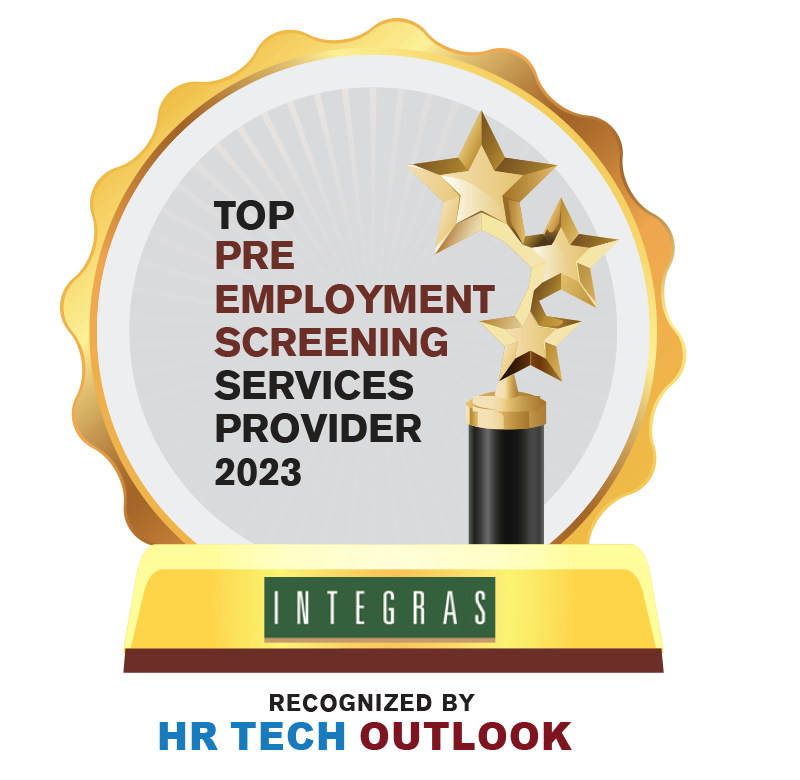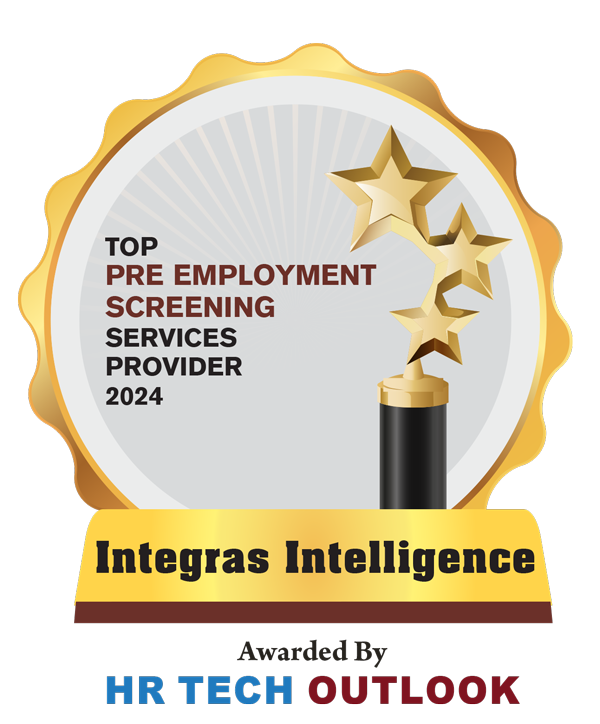
After 20 years in the law enforcement, private security/investigations and business communities, I know one thing for sure—it is critical to know what is going on with people and other organizations in your sector. We often get caught up in our little world and ignore what is happening around us. By doing so, we miss valuable learning opportunities.
Information from other people can prove invaluable.
The value of industry information
Consider the simple example of a competitor targeted by a lawsuit. The situation could turn into an opportunity with some of their clients. It could also be an indication of a potential problem to watch out for within your organization. This type of information may be available through online research or other public sources.
A more complicated example involves information gleaned through human intelligence. For example, it may be rumored that a competitive organization is having difficulty paying vendors. There may not be anything public yet, but people are talking. Again, the situation may mean a number of things. It could be a problem with administration, cash flow or something else. Regardless, the information can be very valuable for a number of reasons. Could this be a potential acquisition opportunity? Could this be a sign of an economic downturn within the sector?
Human sources in investigations
Human intelligence can be critical during investigations. For example, we recently conducted a due diligence investigation for a large, multi-national consumer products organization. They were concerned that a vendor may have engaged in espionage activities.
We conducted a confidential investigation to identify potential red flags with the vendor’s leadership and elsewhere within the organization.
First, we did our usual open-source review. Aside from a few minor civil matters, no red flags appeared. Then, we consulted with several industry sources:
- The leader of a competitive organization
- The head of an industry trade group
- A former employee of the organization
All of them were familiar with the vendor’s leadership and the vendor itself. The information provided by those three sources proved to be critical.
Although the reputations of the leadership team were impeccable, we learned about a former employee that was allegedly terminated. It was also alleged that this former employee was the subject of an internal investigation for improperly removing confidential information before leaving the organization.
This information was what our client needed to take the necessary steps. Without the human intelligence, a big part of this picture would have been left out, and our client would have been in a very vulnerable position.
An investigative partner with this capability can be very useful. However, you have to ensure that no rules or laws are being broken, and you must make this requirement clear to your investigative partner. Also, remember that sources do not always want to be identified in reports for different reasons. That is okay. The information could still be valuable. Just as sources sometimes don’t want to be identified, you will also want your provider to keep your organization’s identity confidential unless the investigation is overt.












